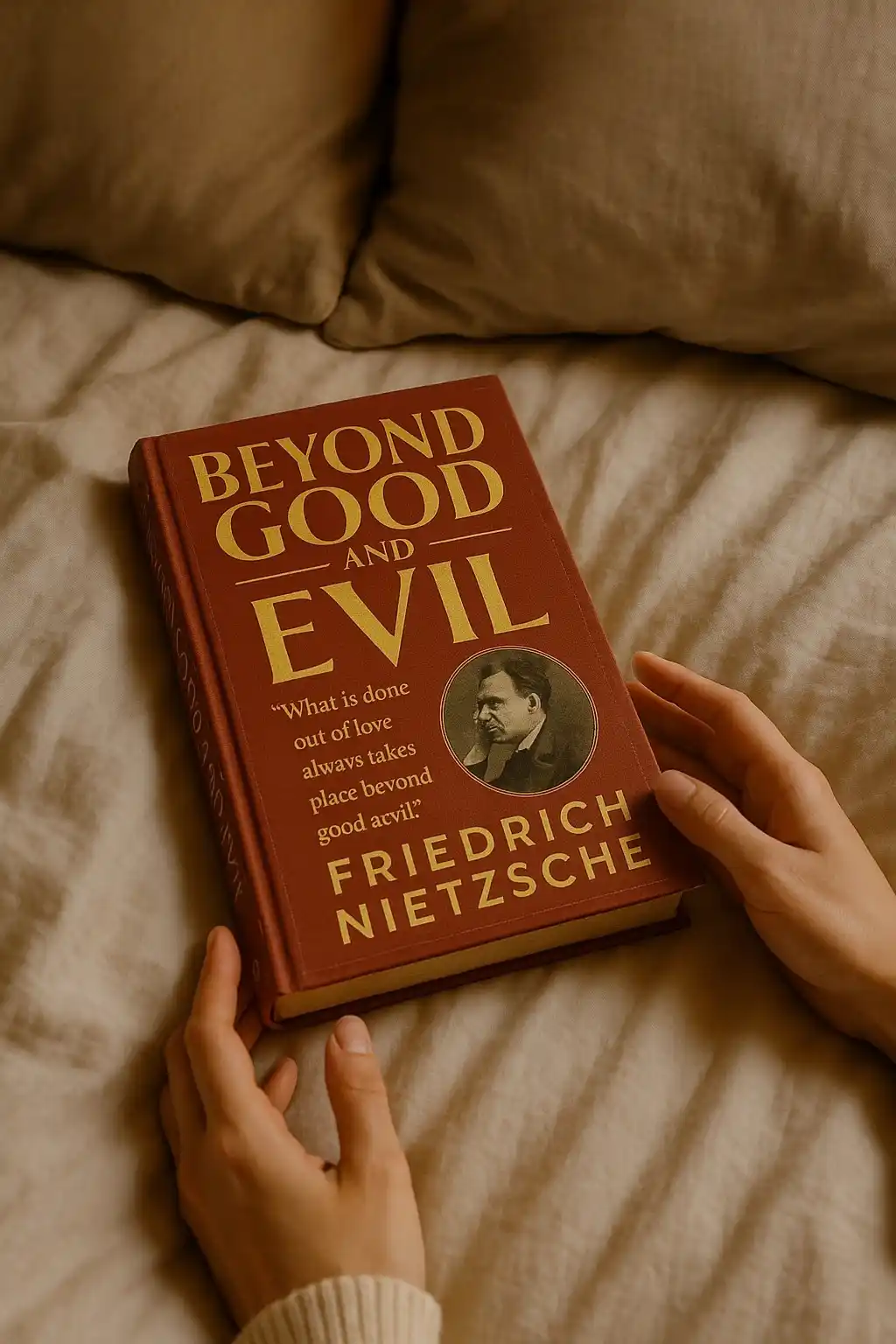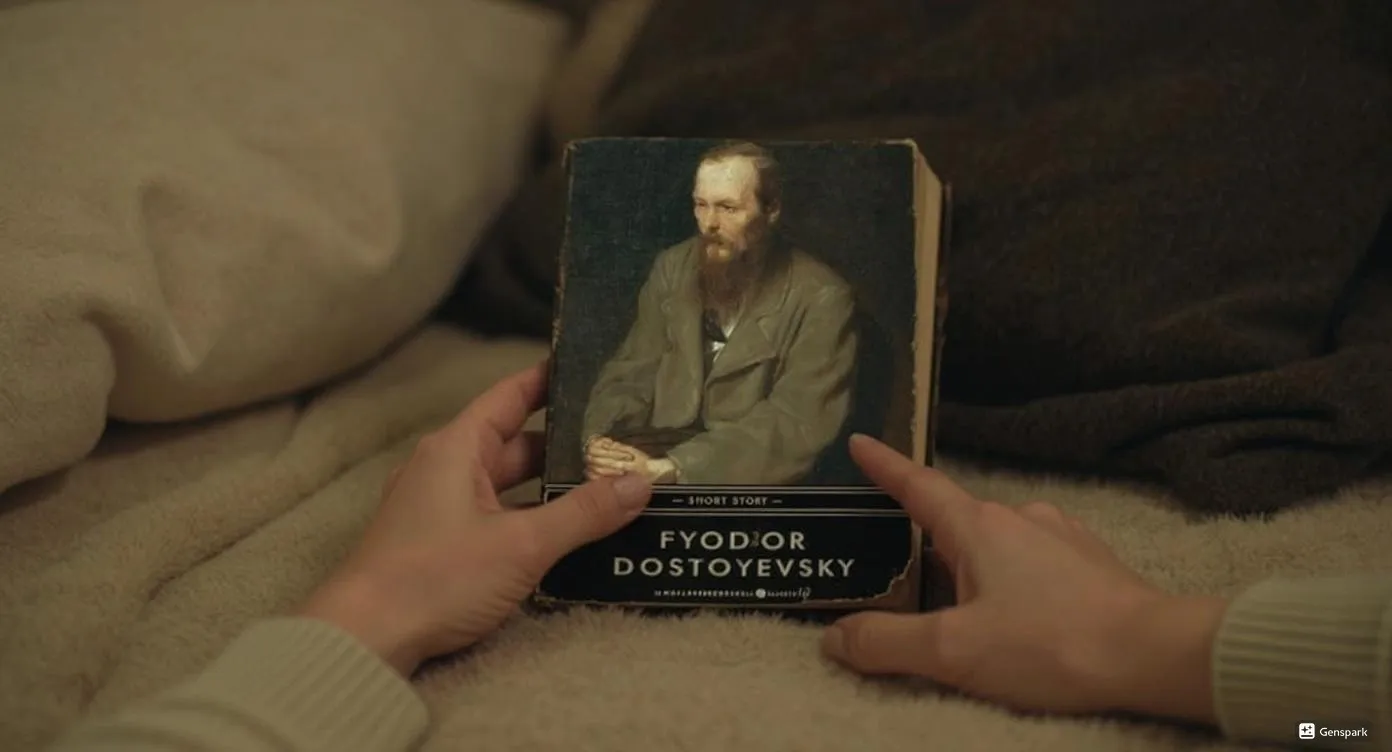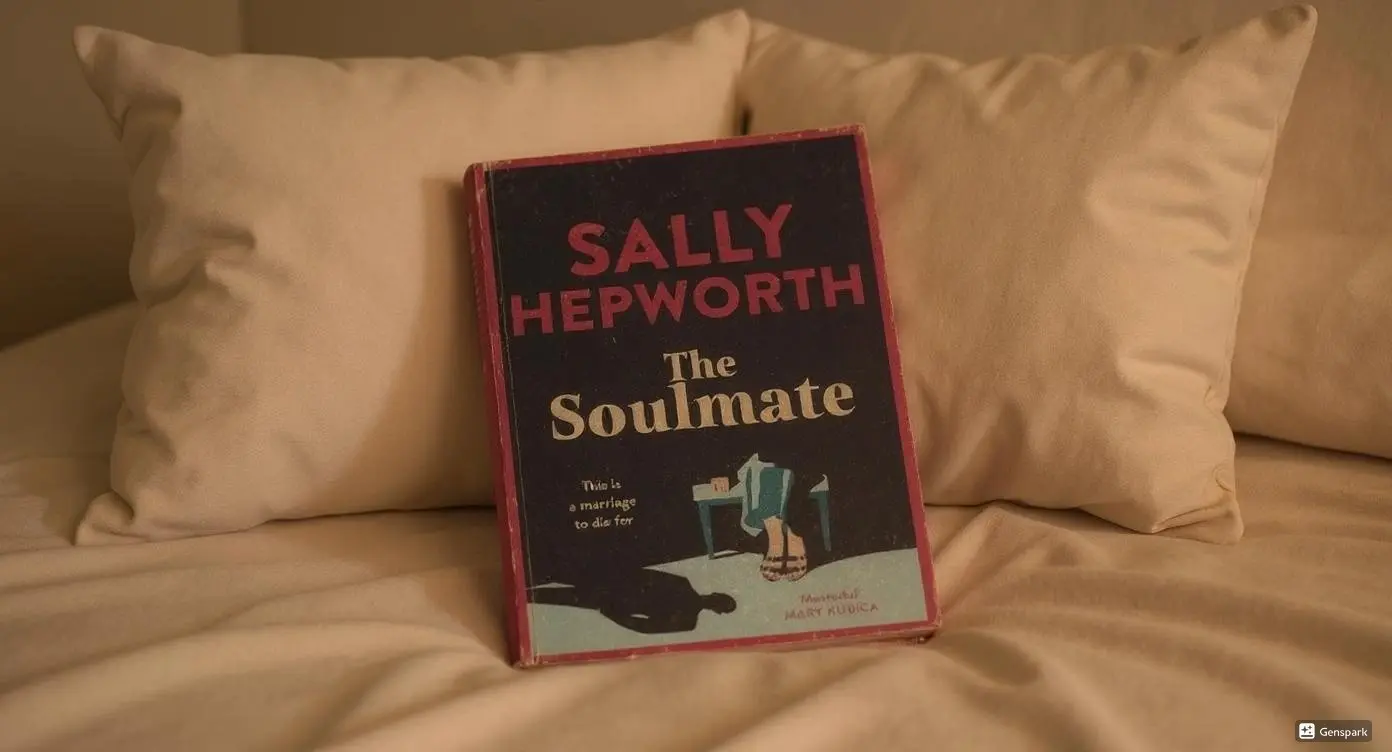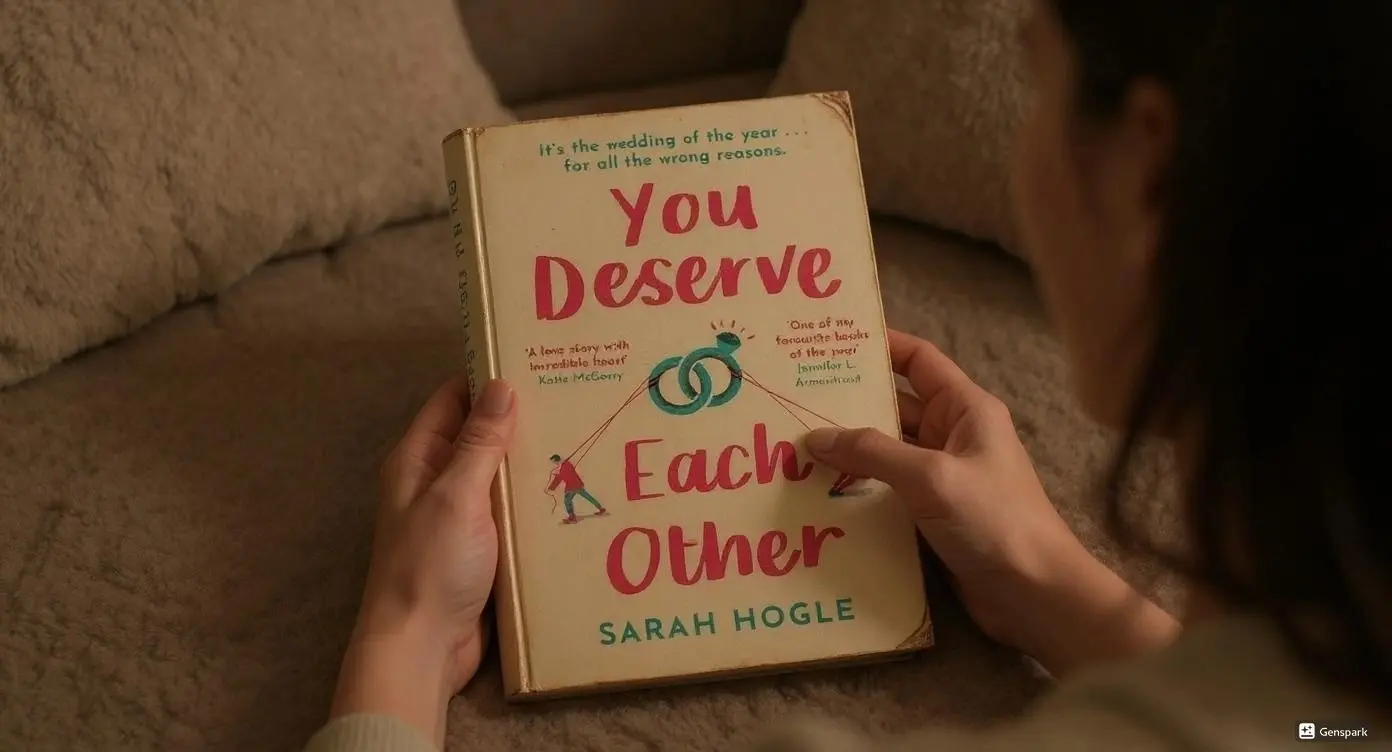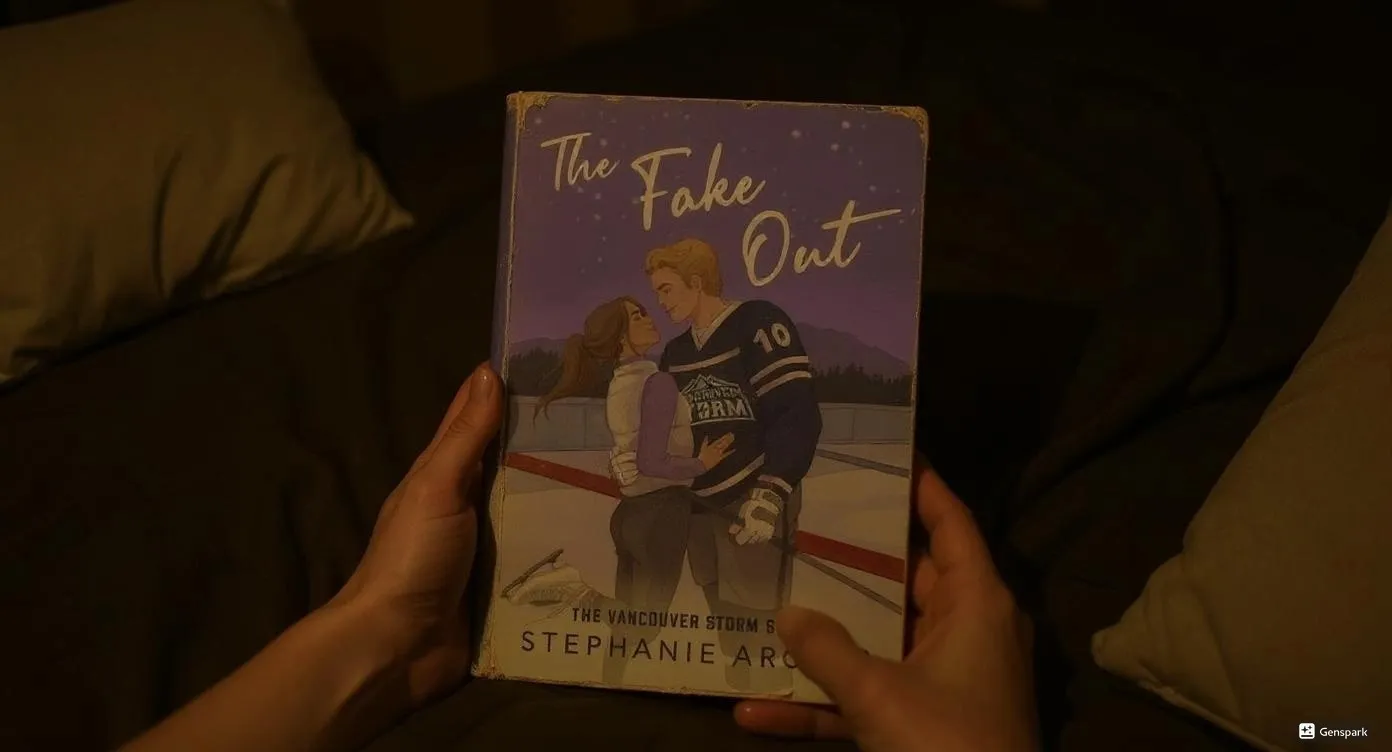I picked up “The Invisible Life of Addie LaRue” at 2 AM on a rain-soaked Thursday, expecting another typical fantasy romance. Three sleepless nights later, I sat mentally scarred by the sheer brilliance of Schwab’s storytelling. This isn’t just another immortal love story—it’s a jaw-dropping exploration of what it means to be remembered.
After reviewing over 3,000 books for Dionysus Reviews, I can confidently say this novel stands as one of the most emotionally devastating works I’ve encountered. Schwab crafts a Faustian bargain that will leave you questioning everything about memory, identity, and human connection.
The book follows Adeline LaRue, who makes a deal with a dark entity in 1714 France to live forever, only to be cursed with being forgotten by everyone she meets. When she finally encounters someone who remembers her in modern-day New York, everything changes.
Published by Tor Books, this genre-defying masterpiece has spent 37 consecutive weeks on the New York Times Best Seller list and received critical acclaim for its unique take on immortality.
Key Takeaways
The strength of human connection transcends time and memory, as Addie’s centuries-long journey proves that love can exist even in the most impossible circumstances.
Art serves as the only lasting legacy for those who cannot be remembered, with Addie’s story living on through the works she inspires across centuries.
The price of immortality extends far beyond physical death, encompassing the loss of identity, relationships, and the fundamental human need to be known and remembered.
Freedom often comes with unexpected costs, as Addie’s escape from a restrictive 18th-century life leads to three centuries of profound isolation.
Memory shapes identity more than we realize, with Addie’s curse forcing readers to confront how much of ourselves exists in the minds of others.
Basic Book Details
Publishing Information: October 6, 2020 by Tor Books
Genre: Historical Fantasy/Dark Fantasy
Plot: A young French woman makes a Faustian bargain for immortality but is cursed to be forgotten by everyone she meets, spanning 300 years from 1714 to 2014
Series Information: Standalone novel
Page Count: 448 pages
Main Characters:
- Adeline “Addie” LaRue: A young French woman who trades her soul for immortality and freedom
- Luc: The dark entity who grants Addie’s wish and becomes her centuries-long tormentor
- Henry: A modern-day bookstore employee who becomes the first person to remember Addie
- Bea: Henry’s best friend and gallery owner who plays a crucial role in the contemporary timeline
Plot Analysis And Narrative Structure
Faustian Bargain Foundation And Premise Exploration
The foundation of Schwab’s narrative rests on one of literature’s most enduring concepts—the Faustian bargain. I’ve read countless variations of this theme, but Schwab’s interpretation left me breathless with its originality. Born in a small French village in 1691, Adeline LaRue makes a bargain with “the gods that answer after dark” to escape an unwanted marriage.
What makes this bargain particularly devastating is its twisted interpretation of freedom. Addie gets exactly what she asks for—immortality and escape from her provincial life—but the cost proves more crushing than death itself. She cannot form lasting relationships, cannot leave her mark on the world in conventional ways, and cannot even speak her own name.
The genius lies in how Schwab subverts expectations. Instead of the typical “careful what you wish for” moral, we get a complex exploration of what freedom actually means. I found myself rooting for Addie’s initial desperation while simultaneously dreading the centuries of loneliness that would follow.
Dual Timeline Execution And Historical Context Integration
Schwab’s dual timeline structure proves masterful in its execution. The narrative weaves between 1714 and 2014, creating a tapestry that spans three centuries of human history. I was particularly impressed by how naturally the transitions flow—never jarring, always purposeful.
The historical contexts feel authentic without becoming heavy-handed exposition. From the restrictive social norms of 18th-century France to the artistic movements of various eras, Schwab demonstrates meticulous research. The way Addie experiences the French Revolution, both World Wars, and the rise of modern New York creates a unique perspective on human progress.
What struck me most was how the historical sections never feel like mere backdrop. Each era shapes Addie’s understanding of humanity, love, and loss. The contrast between her origins in rural France and her life in contemporary Manhattan serves as a powerful metaphor for personal growth across impossible timescales.
Character Development And Relationship Dynamics
Addie LaRue Character Arc And Three-Century Evolution
Addie’s character development spans three centuries, and Schwab handles this monumental task with remarkable skill. I watched her transform from a desperate village girl into a complex woman who has witnessed the rise and fall of civilizations. Her evolution feels organic despite the supernatural circumstances.
The most compelling aspect of Addie’s character is her resilience. After centuries of being forgotten, she could have become bitter or broken. Instead, she develops an appreciation for fleeting moments and anonymous connections. Her relationship with art—as both inspiration and legacy—reveals depths that lesser writers would have missed.
What makes Addie truly memorable is her refusal to become a victim of her circumstances. She learns to manipulate her curse, finding ways to leave subtle marks on the world through the artists she inspires. Her strength lies not in supernatural powers but in her determination to remain human despite her isolation.
Luc The Dark Entity And Antagonist Complexity Analysis
Luc stands as one of the most fascinating antagonists I’ve encountered in recent fantasy literature. He’s not evil in the traditional sense—he’s contractually bound to honor his bargain while finding twisted pleasure in Addie’s suffering. Their relationship defies simple categorization.
The sexual tension between Addie and Luc creates uncomfortable complexity. He’s simultaneously her tormentor and her only constant companion across centuries. Schwab handles this problematic dynamic with nuance, never romanticizing abuse while acknowledging the complicated emotions that arise from centuries of interaction.
What makes Luc particularly compelling is his genuine curiosity about Addie. He expected her to break within decades, but her persistence intrigues him. Their cat-and-mouse game evolves into something resembling respect, though it never excuses his cruelty. His character serves as a dark mirror to Addie’s humanity.
Writing Style And Literary Craft Examination
Prose Quality And Atmospheric World Building Techniques
Schwab’s writing is more poetic and lyrical than in other books I’ve read by her, and it sucked me into the story. The prose quality in this novel represents a significant evolution in her craft. Every sentence feels deliberate, every description serves the story’s emotional core.
The atmospheric world-building extends beyond mere description to capture the essence of different time periods. Schwab doesn’t just tell us about 18th-century France—she makes us feel the suffocating weight of social expectations that drive Addie to desperation. The contemporary New York sections pulse with modern energy while maintaining the melancholic undertone of Addie’s eternal loneliness.
I was particularly impressed by Schwab’s use of sensory details. The way she describes art, music, and literature across centuries creates a rich tapestry that enhances rather than overwhelms the narrative. Her prose achieves that rare balance of beauty and accessibility.
Pacing Strategies And Slow-Burn Narrative Effectiveness
The pacing in this novel requires patience, and I’ll be honest—some readers will find it frustratingly slow. Schwab chooses deliberate pacing that mirrors Addie’s endless existence. What might feel like sluggish development actually serves the story’s themes of endurance and time.
The slow-burn approach works particularly well for the romantic elements. Both Addie’s relationship with Luc and her connection with Henry develop over extended periods, creating genuine emotional investment. I found myself caring deeply about outcomes precisely because Schwab took time to build these relationships properly.
The final act accelerates dramatically, but this acceleration feels earned rather than rushed. The climax delivers emotional payoff that justifies the careful buildup. Readers who persist through the deliberate pacing will find themselves rewarded with a conclusion that hits like a punch to the gut.
Thematic Depth And Cultural Significance
Memory Identity And Human Connection Philosophical Exploration
The central theme of memory’s role in identity creates the novel’s philosophical backbone. Schwab poses the question: “What is a person, if not the marks they leave behind?” This exploration goes far deeper than typical fantasy premises.
Addie’s curse forces readers to confront how much of our identity depends on others’ memories of us. Without the ability to be remembered, she must forge new concepts of self-worth and purpose. The novel suggests that identity isn’t fixed but constantly reconstructed through our interactions with others.
The theme gains particular relevance in our digital age, where social media creates permanent records of our existence. Addie’s inability to leave digital traces—her image won’t appear in photographs, her name won’t stay written—serves as a powerful metaphor for invisibility in modern society.
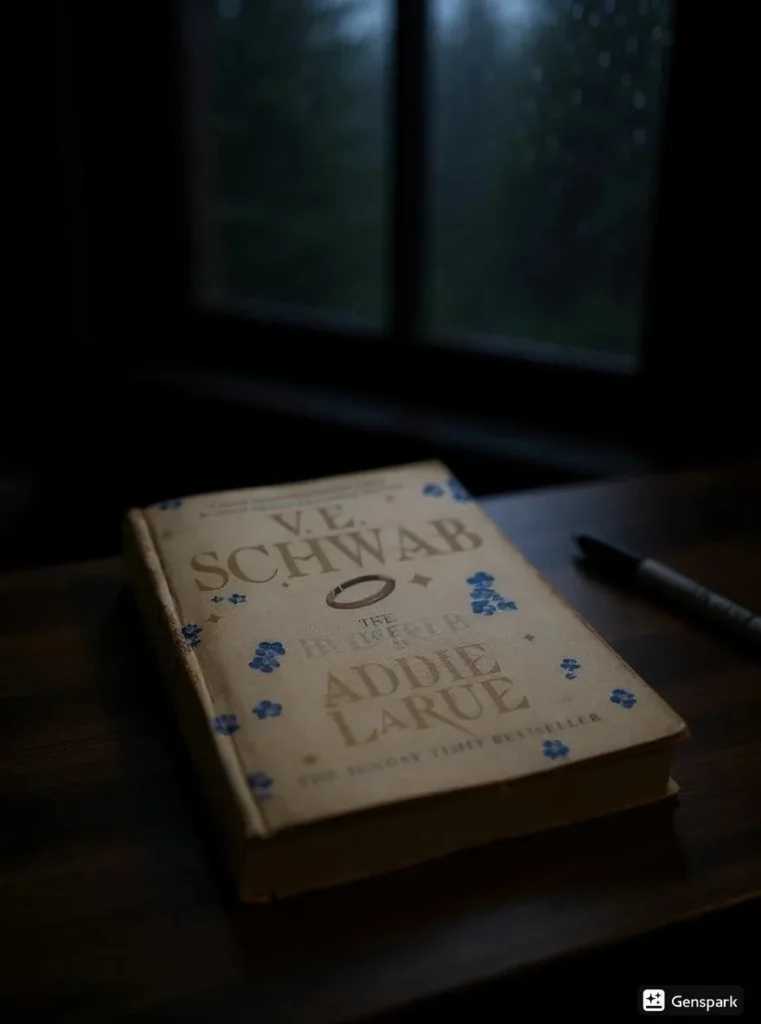
Art Inspiration And Muse Mythology Contemporary Relevance
Schwab’s treatment of art as legacy creates one of the novel’s most compelling themes. Addie cannot be remembered, but she can inspire artists whose work outlasts their creators. This concept transforms her from victim to active participant in human culture.
The muse mythology receives fresh interpretation through Addie’s story. She becomes the unnamed inspiration behind countless works across centuries, from paintings to sculptures to musical compositions. This allows her to leave marks on the world despite her curse, creating a poignant commentary on anonymous influence.
The contemporary relevance strikes particularly hard for creative professionals. In an age where attribution and credit drive careers, Addie’s anonymous contributions to art history offer a different perspective on the value of creative work. Sometimes the inspiration matters more than the recognition.
Pros
The character development achieves remarkable depth across three centuries. Schwab successfully creates a protagonist who feels authentically human despite supernatural circumstances. Addie’s growth from desperate village girl to complex immortal woman provides genuine emotional investment that sustains the 560-page narrative.
The thematic exploration of memory, identity, and human connection operates on multiple levels. It deals with topics like female oppression, mental health, and the meaning of life. These themes resonate far beyond the fantasy genre, creating universal relevance that elevates the story above typical supernatural romance.
Schwab’s prose quality represents a significant evolution in her writing craft. The lyrical, atmospheric language creates immersive experiences that transport readers across centuries and continents. Her ability to capture the essence of different time periods through sensory details demonstrates masterful world-building.
The unique twist on immortality mythology provides fresh perspective on well-worn tropes. Rather than focusing on physical invulnerability, Schwab explores emotional and psychological costs of eternal life. The curse of being forgotten creates more compelling conflict than traditional immortality narratives.
Cons
The pacing issues cannot be ignored—this novel moves deliberately, sometimes to the point of frustration. Readers expecting fast-paced fantasy adventure will find themselves disappointed by the contemplative, literary approach. The middle sections particularly drag, requiring significant patience to appreciate the payoff.
The romantic elements feel uneven in their development. While Addie’s relationship with Luc creates fascinating complexity, her connection with Henry feels rushed by comparison. The love triangle aspects never quite achieve the emotional depth that the premise promises.
Some plot threads receive insufficient development despite the novel’s length. Secondary characters like Bea and Henry’s family members feel underdeveloped, existing primarily to serve plot functions rather than as fully realized individuals. The contemporary timeline suffers from this supporting character weakness.
The resolution, while emotionally satisfying, raises logical questions about the curse’s mechanics. Schwab introduces rules throughout the story that become somewhat flexible in the climax, creating minor plot holes that careful readers will notice.
Performance as a Fantasy Novel
Within the fantasy genre, this novel occupies unique territory that defies easy categorization. It’s neither traditional high fantasy nor urban fantasy, instead creating its own subgenre that blends historical fiction with supernatural elements. This genre-bending approach will appeal to literary fiction readers while satisfying fantasy enthusiasts.
The magic system, while simple, serves the story effectively. Schwab doesn’t bog down the narrative with complex rules or extensive world-building. The focus remains on character and theme rather than magical mechanics, which strengthens the story’s emotional core.
Compared to other immortality narratives, this book offers fresh perspective on familiar concepts. Rather than focusing on the physical aspects of eternal life, Schwab explores psychological and emotional costs. This approach distinguishes it from vampire romance or traditional fantasy epics.
Reader Experience and Accessibility
The reading experience requires emotional stamina alongside time investment. This isn’t a book for casual fantasy readers seeking escapist entertainment. It demands engagement with complex themes and tolerance for slower pacing. Readers who appreciate literary fiction will find more to love than those expecting action-packed fantasy.
The dual timeline structure can initially confuse readers, but Schwab provides clear markers for temporal shifts. The historical research appears solid, though some anachronisms may bother history enthusiasts. The contemporary sections feel authentic and grounded in recognizable New York culture.
Content warnings include discussions of suicide, domestic abuse, and emotional manipulation. While Schwab handles sensitive topics respectfully, some readers may find certain scenes triggering. The book deals with themes of depression and isolation that could affect vulnerable readers.
Comparative Analysis
When compared to other immortality narratives like “The Seven Husbands of Evelyn Hugo” or “The Time Traveler’s Wife,” this novel stands out for its unique curse concept. While those books explore love across time, this focuses on the cost of being forgotten. The comparison highlights Schwab’s original contribution to the genre.
The book shares thematic similarities with “The Picture of Dorian Gray” in its exploration of beauty, art, and eternal life’s costs. However, Schwab’s feminist perspective and contemporary relevance update these classic concepts for modern audiences. The comparison demonstrates how classic themes can be successfully reimagined.
Against other works by V.E. Schwab, this represents a departure from her typical urban fantasy style. The prose quality and thematic depth show significant growth as a writer. Fans of her previous work may be surprised by the literary approach, but will appreciate the emotional complexity.
Final Verdict
“The Invisible Life of Addie LaRue” succeeds as both fantasy novel and literary exploration of human connection. Despite pacing issues and uneven romantic development, the book delivers emotional impact that will stay with readers long after the final page. Schwab’s evolution as a writer shines through every carefully crafted sentence.
The novel’s greatest strength lies in its thematic depth and character development. Addie’s journey across three centuries provides genuine insight into memory, identity, and the marks we leave on the world. The unique premise creates fresh perspective on immortality mythology while maintaining universal relevance.
I recommend this book to readers who appreciate literary fantasy with strong character development and thematic complexity. Those seeking fast-paced adventure or conventional romance should look elsewhere. The investment of time and emotional energy will reward patient readers with a truly memorable experience.
The book’s cultural significance extends beyond the fantasy genre, offering commentary on female agency, artistic legacy, and human connection that resonates across demographics. It stands as a testament to fantasy literature’s ability to explore profound themes through supernatural premises.
Dionysus Reviews Rating: 7/10
This novel represents fantasy literature at its most thoughtful and emotionally complex. While not perfect, it achieves something rare—a story that uses supernatural elements to illuminate fundamental human truths about love, memory, and the desire to be remembered.
Sip The Unknown—Discover Stories You Never Knew You’d Love!
Dionysus Reviews Has A Book For Every Mood
Biography & Memoir
Fiction
Mystery & Detective
Nonfiction
Philosophy
Psychology
Romance
Science Fiction & Fantasy
Teens & Young Adult
Thriller & Suspense
Frequently Asked Questions
How does Addie’s curse actually work and what are its specific limitations?
Addie’s curse operates on the principle that no one can remember her after their interaction ends. People can see and interact with her in the moment, but once they look away or she leaves, all memory of her vanishes. She cannot write her name, appear in photographs, or leave any direct evidence of her existence. However, she can inspire others indirectly through art and influence their creative works.
Why can Henry remember Addie when no one else can for 300 years?
Henry’s ability to remember Addie stems from his own deal with Luc, though this isn’t immediately apparent. His depression and suicidal ideation led him to make a bargain similar to Addie’s, creating a connection that allows him to retain memories of her. This plot reveal adds complexity to their relationship and explains the supernatural mechanics behind their connection.
What role does Luc play beyond being Addie’s tormentor throughout the centuries?
Luc serves multiple narrative functions beyond antagonist. He represents the dark side of Addie’s desires—freedom without connection, power without responsibility. Their relationship evolves from predator-prey to something resembling twisted companionship. He challenges her humanity while paradoxically preserving it through their ongoing game. His genuine surprise at her resilience reveals his own character development.
How does the book handle the historical accuracy of Addie’s three-century journey?
Schwab integrates historical events naturally into Addie’s story without making them feel forced or educational. She witnesses major historical moments—the French Revolution, both World Wars, the rise of modern art movements—but these serve character development rather than historical exposition. The research appears solid, though some liberties are taken for narrative purposes.
What makes this book different from other immortality romance novels?
Unlike typical immortality romance that focuses on finding eternal love, this novel explores the psychological cost of being forgotten. The romance elements are secondary to themes of identity, memory, and human connection. Addie’s relationship with both Luc and Henry serves the larger exploration of what it means to be known and remembered rather than driving the plot through romantic tension.

